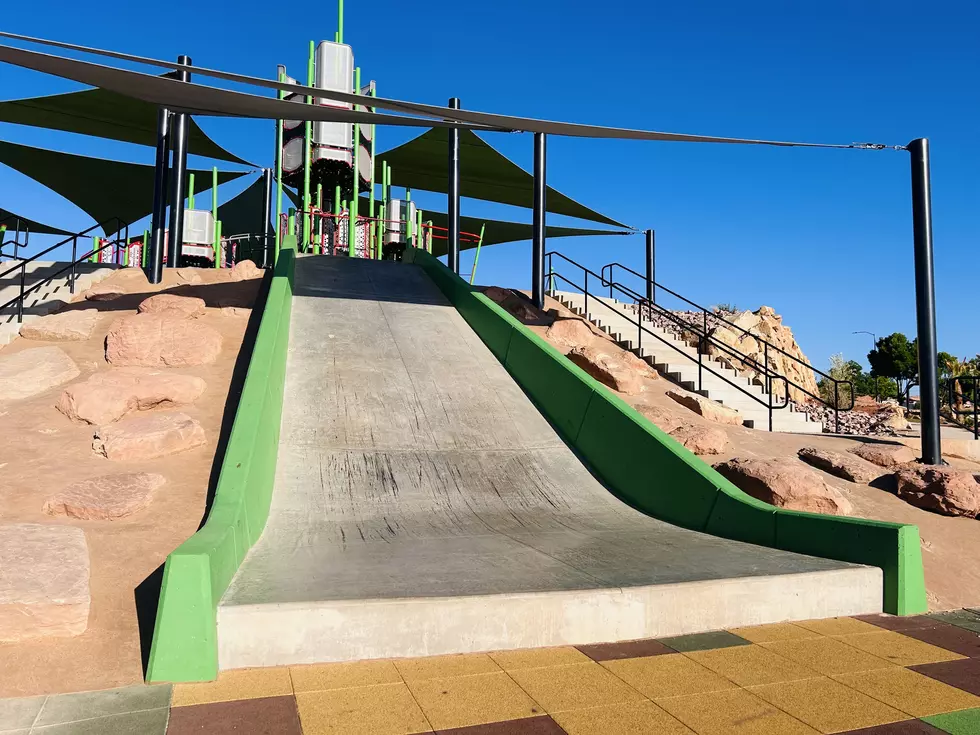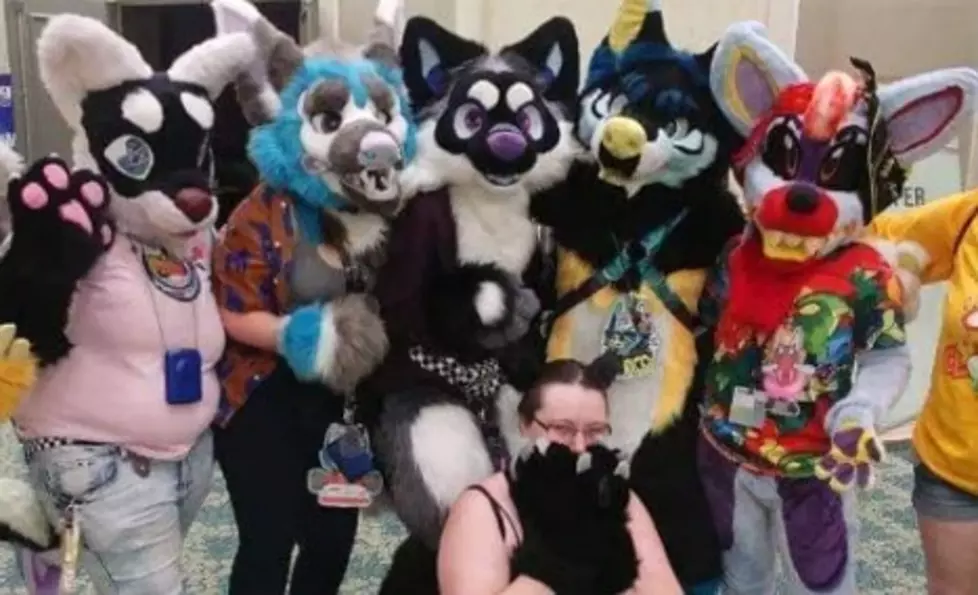
Southern California To Las Vegas Bullet Train: The Future Of Travel
Have you ever driven from Southern Utah to Southern California?
The trip through the Virgin River Gorge and on through Mesquite into Las Vegas isn't bad most of the time. But that leg from Vegas to Los Angeles or San Diego is brutal.
No, it's worse than that. It flat out sucks.
Fifteen-mile traffic jams, freeway standstills, pollution, heat and a crawling pace make it miserable, especially on weekends and holidays.
But in a story that seemingly has flown mostly under the radar, a group called Brightline West thinks they have an answer to all that -- a bullet train connecting Southern California to Las Vegas.
From the newswire:
"The company Brightline West is planning to spend more than $10-billion laying the tracks down. It wants three-point-seven-five-billion dollars in federal funding. All six of Nevada's elected federal lawmakers and four House members from California tell U.S. Transportation Secretary Pete Buttigieg they support the proposal."
Vegas is all-in as the train would be a huge boon to tourism, basically giving access to millions of Southern Californians the playground that is Las Vegas.
The fact that there is another high-speed train already in place in the United States -- the East coast of Florida has a high-speed train between Miami and West Palm Beach -- makes this one more plausible.
Construction is already underway through the Mojave Desert. The train is expected to make stops in Hesperia and Rancho Cucamonga, terminating eventually in the Los Angeles area.
The train would top out at around 200-miles per hour and would cut the time it takes to travel the roughly 270-mile trip in half.
Nevada Senator Jacky Rosen told the Associated Press, “This project is a major priority because it will make southern Nevada more accessible to millions of visitors each year," she said, adding that it “will boost our economy and create more good-paying jobs.”
The project has passed several hurdles, including making it through the incredibly difficult Environmental Impact phase. Money now becomes the biggest obstacle.
A draft environmental assessment of the project was made public last October and the Federal Railroad Administration is expected to finalize permits in July. The company said about 70 percent of funding will be private, using a combination of debt and equity.
Amtrak previously had a passenger line through the desert, but that service ended nearly 30 years ago.
Brightline West trains would connect Las Vegas, Victorville, California, and Rancho Cucamonga — a city in San Bernardino County -- with a passenger station on a suburban Los Angeles light rail line.
So when will it become a reality?
According top the Las Vegas Review-Journal, "Brightline executives are hoping to open the western route, with speeds up to 200 mph, by 2028, in time for the Los Angeles Olympics. They plan to break ground in the spring if they complete financing."
Brightline estimates that 50 million people per year travel between Southern California and Las Vegas, more than 40 million of them in cars.
“They’ll have to drive past our train station and then watch the trains whiz by them at 220 mph” while they’re stuck in traffic, Brightline CEO Wes Edens told the Review-Journal. “It’ll be phenomenal.”
The train tracks will be built mostly in the I-15 freeway median.
LOOK: See how much gasoline cost the year you started driving
Gallery Credit: Sophia Crisafulli
More From KDXU 890 & 92.5









